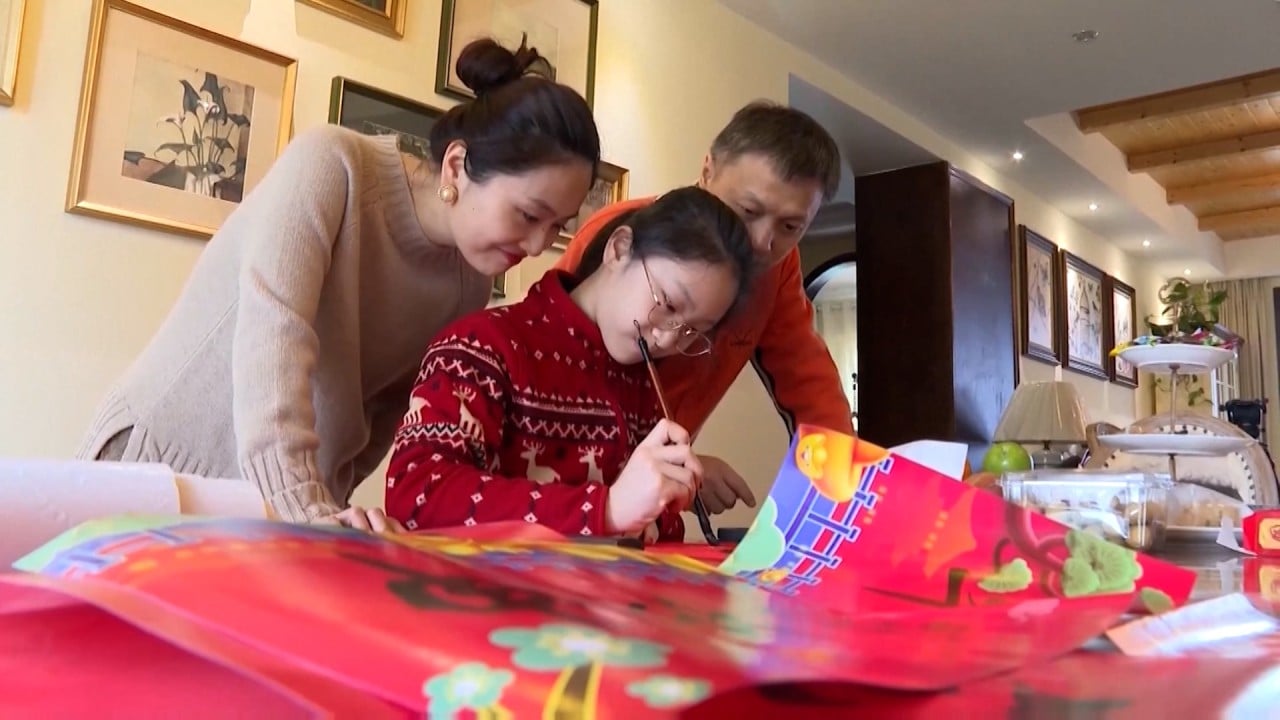
Coronavirus recovery: China still on course for monetary policy tapering despite new Covid-19 outbreaks
- A new wave of Covid-19 cases hit some sectors but not all, as industrial activity and consumption remained strong over the Lunar New Year holiday
- The People’s Bank of China is expected to stick to its plans to normalise policy while proceeding carefully to avoid introducing new risks to the recovery
Manufacturing and service-sector growth weakened visibly in January, with purchasing managers index levels falling from multi-year highs. Nationwide transport data showed that pre-holiday travel volumes were more than 70 per cent below normal levels as migrant workers were encouraged to stay put and people refrained from taking long-distance holidays.
The renewed outbreak and associated social restrictions are expected to hold back recovery in some service activities and household spending, though only temporarily.
Even though inter-regional travel was curtailed by tighter restrictions, traffic congestion within major cities was at or above normal levels.
Anecdotal evidence from courier firms, which remained operational during the Lunar New Year because of the availability of labour, also showed a surge in orders due to increased online shopping and gift shipping. These positives are expected to offset the shock to tourism and transport, limiting the overall impact of the virus resurgence on GDP growth.
With the situation now largely under control, the next step is to gradually roll back travel bans, allowing mobility to resume and the affected sectors to return to normal.
The January credit data also showed no obvious sign of monetary tightening, with strong growth in bank loans offsetting weak local government bond issuance because of a lack of front-loading quotas this year. With muted inflation and the yuan staying firm, there is little urgency for the central bank to take a sudden turn towards monetary tightening.
That being said, people should be under no illusion that last year’s ultra-accommodative policy stance will last forever. The PBOC has made abundantly clear its desire to normalise policy through recent speeches and the creation of a tight balance in interbank liquidity via open market operations.
China signals real financial opening up, but will it follow through?
All this suggests the PBOC is willing to look beyond the short-term disruptions caused by Covid-19 and is staying the course on exiting emergency policy settings.
Overall, the latest developments have reinforced my view that monetary policy is on a steady path to taper in 2021, but the PBOC will manage this process carefully. I expect no increases in reserve requirement ratios or interest rates this year, but targeted tightening to rein in financial imbalances and leverage risks – in the property market, for instance – can be intensified.
Aidan Yao is senior emerging Asia economist at AXA Investment Managers



